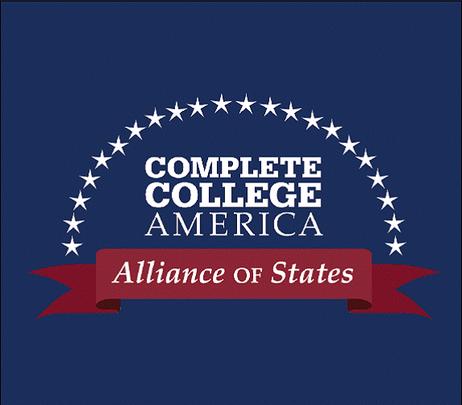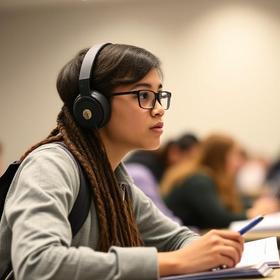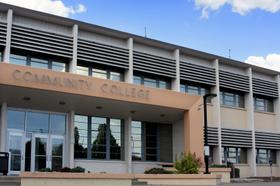Business has been booming at community colleges across the country in recent years, as a slow economy has sent many displaced workers and high school graduates in search of affordable higher education to their campuses. However, that trend appears to be slowing – at least for some areas of the nation – this year, as many community colleges are seeing slower growth rates and even a reversal in enrollment numbers. Why the change? While no one seems to know exactly why fewer students are now enrolling in community colleges, there are some theories circulating about the lower enrollment figures.
This video looks at falling enrollment in Michigan community colleges.
Michigan and California Community Colleges Facing Declining Enrollment
Michigan is just one of the Midwestern states that is seeing some of the most dramatic drops in community college enrollment this year. According to a report a CTI Career Search, schools in Grand Rapids and Kalamazoo Valley are both facing smaller student bodies this year than last, with an approximate five-percent drop in enrollment numbers. More of the schools in the state are expecting similar declines.
“We’re hearing from at least a quarter of the schools, maybe as many as a third,” Michael Hansen, president of the Michigan Community College Association was quoted as saying at CTI Career Search. “There are a number of reasons. But when you consider





















